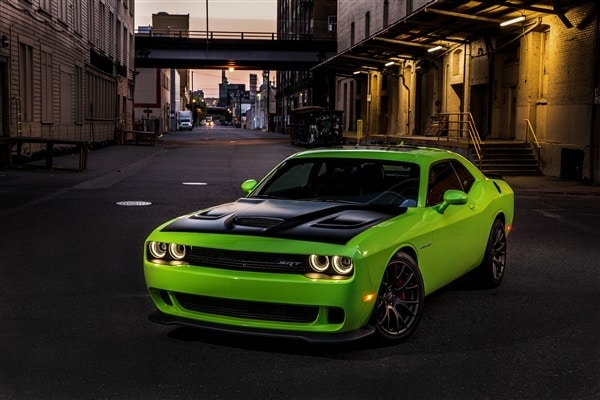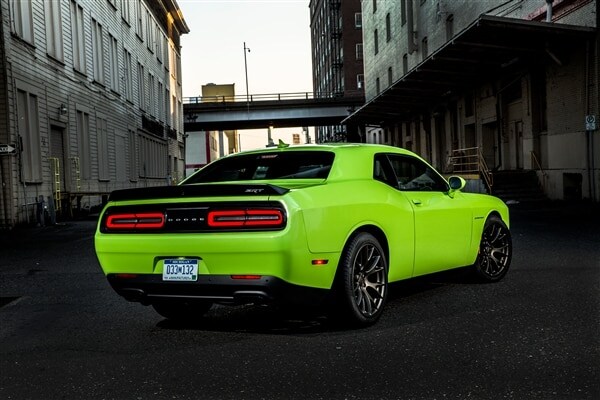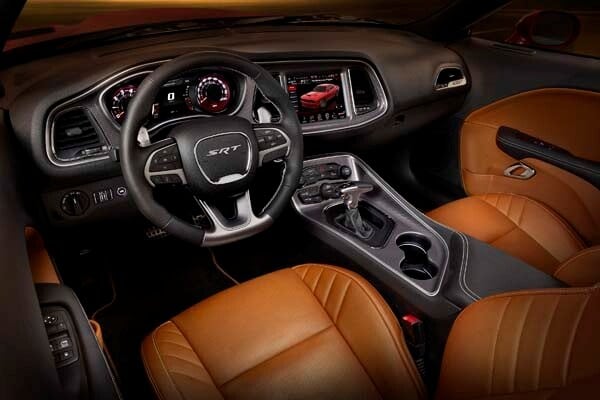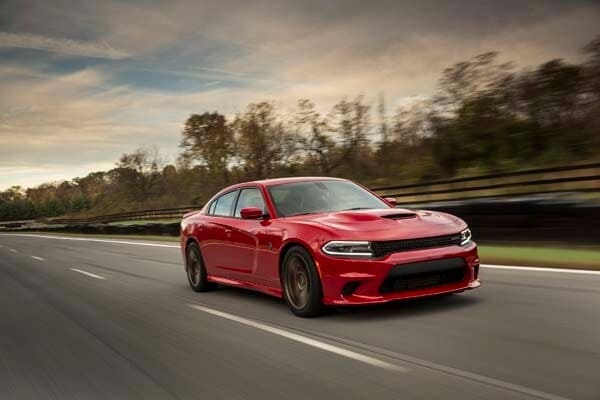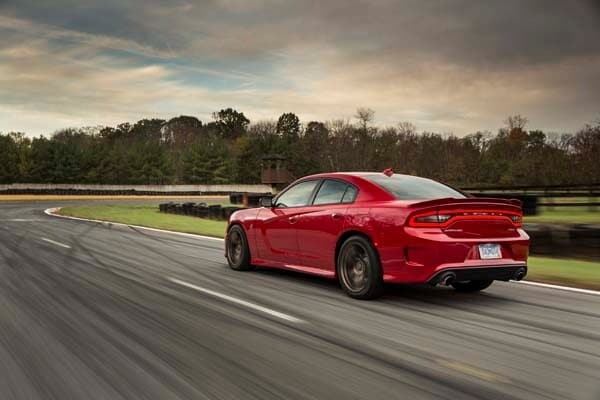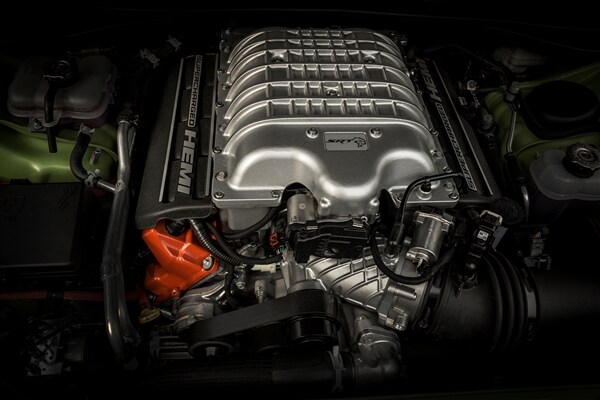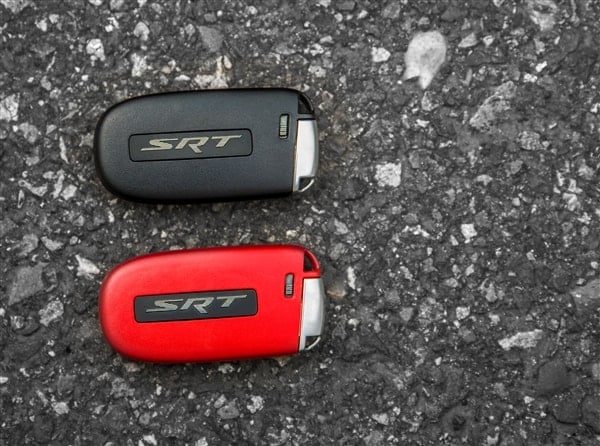It’s no secret that the most popular cars in America are pickup trucks. Through the first two months of the year, the three top selling vehicles are light duty pickups, the Ford F-150, Chevrolet Silverado and Ram, respectively. Now it appears that popularity of these vehicles are getting an additional lift thanks to leasing. Over the past 5 years, leasing has grown from just a 3 percent share of the category to 14 percent, according to J.D. Power. While it’s still half the level of leasing in the overall industry, it is a significant change.
Why leasing? A look at average transaction prices show that pickup trucks are becoming increasingly expensive, while at the same time, they are incredibly profitable for automakers. In order to keep the ball rolling, many makers are turning to attractive lease deals to keep down monthly payments. On the flip side, the more expensive the truck, the higher the residual value, which also contributes to making it easier for manufacturers to offer sweet leasing deals.
Shoppers are not only seeing lower monthly payments, but also, the length of the leases, which typically are in the two- to three-year range, will allow them to trade out of their current truck and transition into a newer model with more features down the road rather than being locked into a loan, which can stretch from 4 to 7 years. Scott Hall, executive vice president at Swapalease.com told Automotive News that "A lot of these truck buyers are taking a step back and saying: I like all these features now, but what will come out within the next two or three years? A lease ensures they’ll be able to get all the latest bells and whistles."
Hellcat hiatus
Dodge has stopped taking orders for its hot SRT Hellcat versions of the 2015 Charger and Challenger in order to give the factory time to build enough cars to shorten its list of backlog orders. The move comes a week after reports surfaced of dealers taking deposits for cars on which they could not guarantee delivery. A company statement said "due to the unprecedented demand for the 2015 Dodge Charger and Challenger SRT Hellcats, we are temporarily restricting orders while we validate current orders that are in the system."
The division has delivered about 2,200 Hellcats, but executives indicate that Dodge may have more than 9,000 orders in the system, nearly double the number of planned production of cars equipped with the 707-horsepower supercharged 6.2-liter Hemi V8.
Also: Kelley Blue Book Best Buy Awards of 2015
EPA mulls mileage rollback
The Environmental Protection Agency is mulling a rollback in the 54.5 mpg Corporate Average Fuel Economy (CAFE) average on the books for 2025, according to the Detroit News. While automakers have been making strides in increasing fuel economy, the agency is looking at lower gas prices and the uptick in demand for crossover SUVs and light trucks as possible obstacles to industry compliance with the standard. While there is no formal proposal to lower the requirement in the works, government officials have said all along that there would be interim reviews of the standards that would take into account an updated assessment of the auto market. Chris Nevers, director of climate and fuel economy for the Alliance of Auto Manufacturers told the Detroit paper that CAFE is "a consumer-driven program. These vehicles have to be sold, not just produced." In other words, there is a feeling that while the EPA is looking to increase average fleet economy as much as possible, it may not want to derail industry sales in order to achieve a number that’s not sustainable in the market.
Inventories trimmed
Auto manufacturers are closely managing their inventories despite weather-related slowdowns in sales. It also appears that stocks are not growing in advance of the traditional strong spring sales. According to Automotive News, the industry average of cars on hand stands at a 69-day supply, down from the 71-day average over the past decade. Fiat Chrysler, which typically has the largest inventory, still has the most, but reduced that number by 16 days over the previous month to an 85-day supply. Only one manufacturer, VW, saw its supplies rise and that was by only a day.
The drop in inventory by vehicle type was also across-the-board, including pickup trucks, which usually sees their supplies increase in advance of the spring market. While makers are tightly controlling the inventory numbers, it has yet to affect the number of incentive programs in place. If the spring market gets off to a strong start, look for those deals to become a little harder to come by. If there’s a sluggish resumption of sales, it could turn into a buyer’s market.
Let’s do lunch
At least that’s the mantra at two Oklahoma dealerships that bring in food trucks to feed employees and shoppers on Saturdays for free. Automotive News reports that Fowler Dodge/Chrysler/Jeep/Ram in Oklahoma City and Fowler Volkswagen in Norman puts on the lunches as a way of driving up showroom traffic in a non-threating atmosphere. Jonathan Fowler, vice president of Fowler Holding Co., which owns 7 dealerships, told the trade journal that the idea is "to get somebody just to come onto the lot and relax and not be bombarded by people trying to sell them something. Car dealerships can be scary for some people." The food truck concept, he says, "breaks down barriers."
The idea actually started as a way to feed employees on Saturdays to keep them closer to the stores and sell more cars. Fast food originally was brought in, then later, food trucks brought onto the premises and it was decided to also feed the public. So far, the program has generated positive reviews on social media and Fowler said the program will continue because "it is something our competition isn’t doing."
Popular at KBB.com
See the All-New Cars for 2015
10 Coolest Cars Under $18,000
Best Buys of 2015
